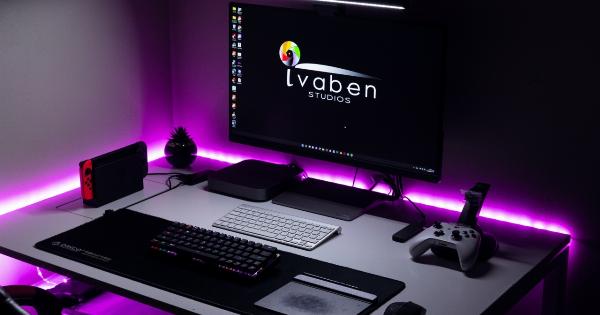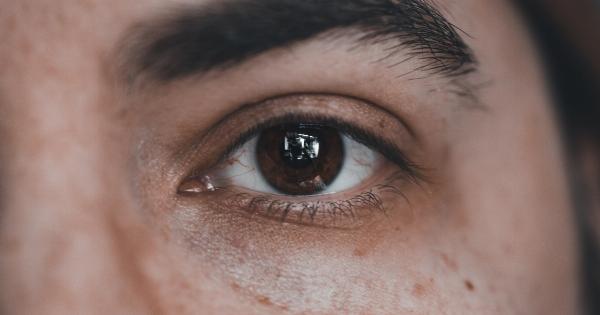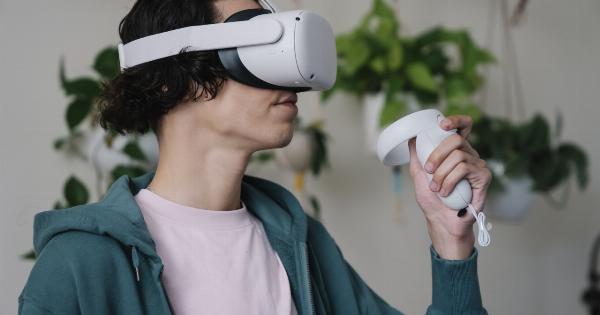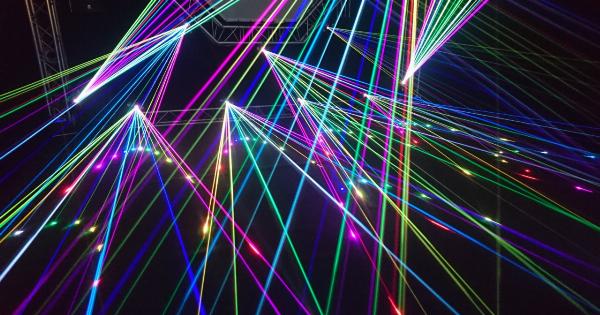In recent years, myopia, also known as nearsightedness, has become increasingly prevalent, affecting millions of people worldwide.
This refractive error occurs when the eye is unable to focus images clearly on the retina, resulting in blurred distance vision. Traditionally, the most common method of correcting myopia has been through the use of eyeglasses or contact lenses. However, advancements in laser technology have revolutionized myopia correction, offering improved safety and precision for patients.
The Evolution of Laser Technology in Myopia Correction
The advent of laser technology has transformed the field of ophthalmology, enabling surgeons to reshape the cornea and correct various refractive errors.
Initially, photorefractive keratectomy (PRK) was the primary laser-based procedure used for myopia correction. However, the introduction of laser-assisted in situ keratomileusis (LASIK) brought about a significant improvement in safety, precision, and patient satisfaction.
Improved Safety in Myopia Correction
One of the major advantages of using new lasers in myopia correction is the enhanced safety they offer. LASIK procedures, performed with modern femtosecond lasers, greatly minimize the risk of complications compared to traditional methods.
These lasers create a thin flap on the cornea, allowing the surgeon to reshape the underlying tissue with an excimer laser. By utilizing lasers, the need for manual incisions or mechanical instruments is eliminated, reducing the possibility of human error and improving post-operative outcomes.
Precision in Myopia Correction
The precision achieved with new lasers is unmatched by any previous method of myopia correction. The ability to customize treatment parameters according to each patient’s specific needs allows for highly accurate outcomes.
Wavefront technology, integrated with these lasers, measures and maps the unique imperfections in the eye, enabling surgeons to correct even the most complex cases of myopia with exceptional precision. This individualized approach contributes to improved visual acuity and reduces the risk of complications, such as glare and halos, which were more common with older techniques.
Reduced Recovery Time and Discomfort
Prior to the advent of new lasers, myopia correction procedures often required significant recovery time and caused notable discomfort for patients.
However, with the inclusion of advanced lasers, both the recovery period and discomfort associated with myopia correction surgery have been substantially minimized. Femtosecond lasers used in LASIK procedures offer faster healing times compared to traditional methods, allowing patients to resume their daily activities more quickly.
Additionally, the accuracy of new lasers reduces the need for additional touch-up procedures, further improving overall patient experience and satisfaction.
Customized Treatments for Individual Needs
Each patient’s eyes are unique, and the use of new lasers in myopia correction allows for customized treatments to address specific needs.
The integration of aberrometry, a technology that measures optical aberrations in the eye, provides surgeons with detailed information about the eye’s irregularities. By analyzing this data, a personalized treatment plan can be developed, resulting in optimal refractive outcomes and minimizing the risk of post-operative complications.
This personalized approach ensures that patients receive the most effective and accurate correction for their myopia.
Enhanced Predictability of Outcomes
Thanks to advancements in laser technology, the predictability of outcomes in myopia correction procedures has significantly improved.
Using topography-guided or wavefront-guided treatments, surgeons can precisely target and correct irregularities in the cornea, resulting in better visual outcomes for patients. By using sophisticated algorithms and advanced laser systems, surgeons can achieve remarkable predictability in terms of visual acuity, reducing the reliance on corrective eyewear post-surgery.
Eye Tracking Technology for Unparalleled Precision
Another significant advantage of utilizing new lasers in myopia correction is the incorporation of eye tracking technology.
These advanced systems follow the eye’s movements during the procedure, continuously adjusting the laser delivery to ensure optimal precision and accuracy. By automatically adjusting to even the smallest movements, eye tracking technology avoids potential errors and enhances the overall safety and efficacy of myopia correction surgeries.
Increased Patient Satisfaction and Quality of Life
The improved safety and precision offered by new lasers in myopia correction have resulted in increased patient satisfaction and an improved quality of life.
Patients who undergo myopia correction procedures with advanced lasers report higher levels of visual satisfaction and a reduced dependence on corrective eyewear. This improved visual acuity, combined with a shorter recovery time and reduced risk of complications, allows individuals to enjoy an enhanced quality of life, free from the limitations imposed by myopia.
Conclusion
The introduction of new lasers in myopia correction has revolutionized the field of ophthalmology, providing patients with improved safety, precision, and comfort.
With customized treatments, reduced recovery time, and unparalleled accuracy, these lasers offer a new level of effectiveness in correcting myopia. As technology continues to advance, the future of myopia correction looks promising, with even greater advancements on the horizon.




























